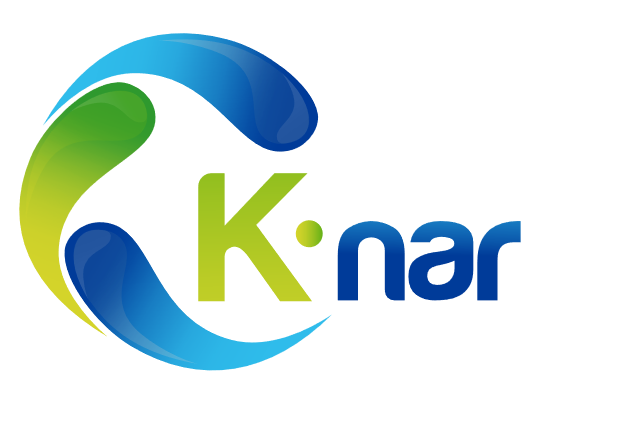Knar Learning
Risk and Reliability Analysis and Modeling
for Technical Systems
Let us know your questions and ideas...
What are the benefits for attendees?
Solid foundations on how to analyze most basic elements defining technical systems reliability, safety, continuity and requirements for supportability
Attendees will learn several techniques to decompose a technical system in a way that allows them to identify restrictions on safety, reliability, or continuity, from a quantitative perspective. A set of concepts of general mathematics and probability is shaped in a convenient way for technicians and engineers, so they can take benefit of such theories on their real world assignment, in soon and comfortable manner
The approach:
A "slow-motion" review on why and how things fail, how to represent such patterns to assess quantitatively risk, reliability and their impact on business performance.
It is common to see engineers and technicians working and managing operations and maintenance departments lacking of a deep and coherent understanding on:
- Why things fail, in the first place.
- How such probability of failure may be quantified for simple and complex systems ,and
- How to use such quantitative information to define and substantiate performance improvement initiatives.
This training shows a well organized and interesting flow, that departs from understanding some basic concepts related to materials, upto how, by using material's properties, we develop complete industrial systems. Learning such connections and learning how to represent and analyze potential changes of material, parts, behaviors and systems, entitles professional to create a complete view of risk, reliability and performance of industrial systems
Training on Risk and Reliability Analysis and Modeling for Technical Systems
- Risk, Reliability and Business Value.
- A business context for technical systems and associated performance restrictions.
- Social Context and Technical Context on top of Natural Context.
- XYZ Manuals vs Natural Context: Who wins?
- Materials, Second Law of Thermodynamics, Activation Energy and Time scales.
- Damage mechanisms.
- Element Functions and Failure Modes.
- Some performance clues
- Reliability, Risk, Availability and Safety
- Reliability representations
- Probabilistic Approach
- Physics of Failure Approach.
- Reliability, System Integration and Systems Information
- Probabilistic Failure Functions for Failure Modes
- From data to probabilistic descriptions.
- Some probabilistic traps
- Some useful distributions
- Low level forecasts
- Consequential Behavior for a mix of Failure Modes.
- System Functions and Failure Modes.
- Various flavours of FMEA for Systems.
- Effect Propagation, FTAs and RBDs.
- Fault Tree Analysis .
- Reliability Block Diagrams.
- Markov Models.
- Petri Nets.
- System State vs System Flow Modeling
- Status, Flow and Forecasting for Flow and Status.
- From technical performance estimates to business performance
- High Level forecasts
- Decision Making Support.
- The "working stuff"
- The "enabling stuff"
- LCC and Value-based business decision
- Back to Business value
- Causality Chains upto business performance.
- Information Systems
- Analytics Infrastructure.
- Enabling Ecosystem.
- Introduction to Digital Assets: A thinking mind for a Plant!
Reach us using the left pane, to learn more about this training and how contents can be tuned to the needs of your personnel and industrial plant.
In the search of new business value, out of existing Industrial Assets,
Knar helps you to find it, unlock it, assuret and track it!


